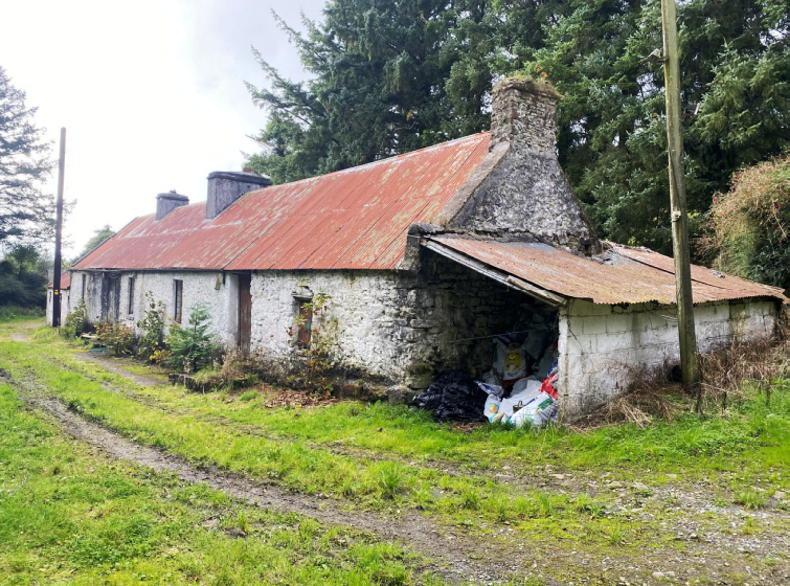1 Does someone conduct an inspection on each property before the grant is paid out or is it just a sample of properties that are inspected on completion?
The scheme is administered by local authorities and there is an inspection of every property. In fact, there are two inspections. The first is to inspect the works being applied for under the grant, in advance of a decision being made on an application. Then another takes places when refurbishment works are completed, prior to the grant payment being issued.
2 Are holiday homes considered vacant properties?
The scheme is pretty clear on the properties that qualify for the grant. They must be built before 2008 and have been vacant for more than two years. Whether a holiday home qualifies depends on those two main criteria. If it fulfills them, then it should qualify but in some circumstances, it may be difficult to prove it has been vacant.
In order to do this, using the likes of an electricity bill that shows little to no use in that period of time may be of help.
3 I am currently applying for the scheme and its frustrating hearing the different requirements from various county councils and what is accepted by one might not be by another. Why is this the case?
Guidance on the grant criteria and eligibility requirements is provided by the Department of Housing, Local Government and Heritage to local authorities. They are the same for all local authorities.
Similar to planning permission, this scheme is administered by each of the 31 local authorities, all of which are working off the same guideline documentation but individual interpretation varies. This can be very frustrating but both the applicant and the local authority official are working to the same guidelines. Look at what documentation is required on the application form and make your case by backing it up with as much official information as possible.
4 Can there be more clarity and flexibility for those applying for the grant for a building which was not a vacant home? I’m converting an old coach house which was never lived in, and found it difficult to prove that the property was vacant.
Currently, only properties that were previously used as a dwelling house qualify for the grant. Similar questions to this one were asked numerous times on a Teagasc webinar earlier this year and as it stands, it’s not possible to apply for the grant on old stables, coach houses or other farm outbuildings that were never houses before.
However, it’s worth noting that a number of changes have been made to the grant since it was initially introduced. The addition of the top-ups for derelict houses and for residences on islands are two examples of this. It’s also worth noting that former commercial properties and public use buildings do qualify as long as after the work is done; they are used for residential purposes.
Therefore, there could be a possibility that old commercial farm buildings may be included in the future if the demand for homes continues to increase, but presently it is not an option.
5 A few years ago, we plastered and roofed what was the old dwelling house on the farm to preserve it. It hasn’t been lived in since 1910 and has been used as a farm outhouse since. Could we still apply for the Vacant Property Refurbishment Grant on it?
Yes, you can. As opposed to the previous question, this should qualify as it was a previous dwelling. However, you will need to be able to prove it. For example, you may have to provide evidence of the presence of chimneys or other structural features that show it was someone’s dwelling. Furthermore, you may need to provide old maps or legal documents.
6 We have an old house on our property. The roof is about to completely collapse on it, it has gotten far worse after the last few storms. In terms of residential property, would the scheme dictate unconditionally that this has to be a primary or rental property or could it be used as both additional living space (office, living area, etc.) as well as storage?
The scheme is in place as part of the Government’s solution to the housing crisis, and is aimed to increase the number of houses for people to live in, not to increase the size of a home that is already occupied. If you’re looking to renovate the old building to use as an annex to your current house, then it won’t qualify for the grant. The term used is a Principal Private Residence; this is a property which you own and occupy as your only, or main, residence.
7 How many inspectors are there nationally to sign off works to draw down the grant?
The Department of Housing, Local Government and Heritage has informed Irish Country Living that each of the 31 local authorities have inspectors who can carry out the site visits. In addition, there is also a framework of additional inspectors available through the Housing Agency, that local authorities can access to conduct this work.






 This is a subscriber-only article
This is a subscriber-only article










SHARING OPTIONS: